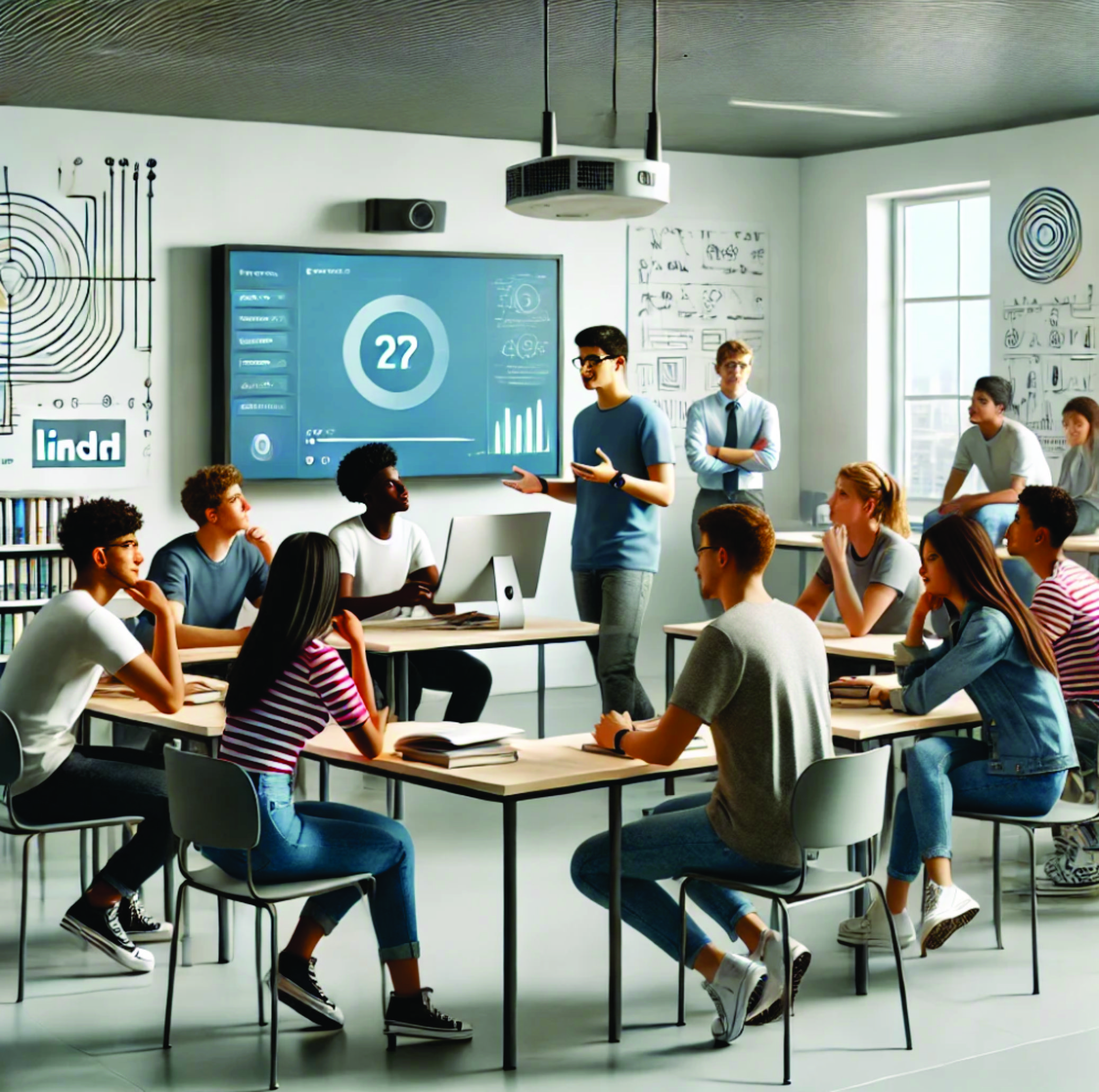Technology In Education: The Transformation Of Pedagogy Courses And The Role Of Ongoing Training
Published on: Jan. 9, 2025
Reading time:
4 minutes

AI generated image
The use of technology in the classroom has become a necessity in modern education, especially to empower teachers to engage and meet the demands of increasingly digital students. In response, several Brazilian universities are adapting their pedagogy curricula by incorporating courses that integrate Information and Communication Technologies (ICTs) in a practical, teaching-oriented way. These courses aim to prepare future teachers to use digital tools, online learning platforms, and interactive methods that are essential for more dynamic and relevant learning.
In Brazil, universities like the Federal University of Rio de Janeiro (UFRJ) and the Pontifical Catholic University of São Paulo (PUC-SP) are pioneers in this adaptation, offering specific modules that teach the pedagogical use of technology. In these courses, future teachers explore everything from learning management platforms like Gedui to active teaching methodologies that promote critical thinking and the ethical use of technologies in the classroom.
However, there is a significant challenge in balancing theory and practice in these courses. Many pedagogy students report that the curricula still focus more on theory than on applied activities that simulate the real school environment.
This is especially relevant in primary and secondary education, where social media and multimedia resources play a central role in communication and engagement with students. A greater focus on practices that go beyond the basic introduction to ICTs is needed, particularly on strategies that truly help future teachers integrate technology in a contextual and meaningful way into the learning process.
Ongoing Training: An Essential Step
Curricular adaptation at universities is a good start, but ongoing training is equally necessary for educators who are already in practice and did not receive initial technological training. Many of these teachers face difficulties in adapting to the fast pace of technological changes, especially regarding the use of new tools and digital platforms that facilitate collaborative teaching. Ongoing training helps ensure these professionals can stay up-to-date and use technology consciously and effectively in their classrooms.
Educational platforms offering update courses and digital methodologies help bridge this gap, enabling teachers to gradually improve their technological skills in alignment with their needs and previous experiences. This type of training allows, for example, educators to become familiar with approaches like the flipped classroom and gamification, which promote greater participation and engagement from students.
This type of ongoing training allows educators to familiarize themselves with approaches like the flipped classroom and gamification, fostering greater participation and student engagement, as well as providing content for discussing technology and raising awareness effectively.
Advantages and Challenges of Integrating ICTs
Integrating ICTs into teaching offers numerous benefits but also presents challenges. For technology to be an ally in knowledge construction, its use must be planned and have clear educational objectives. Educational support platforms help teachers identify the best tools and strategies to achieve these goals, allowing for a learning experience that goes beyond entertainment and contributes to developing students’ skills.
In summary, adapting pedagogy courses to include the use of ICTs and ongoing training are crucial to ensuring that classrooms are prepared for a technological future. Proper training, from undergraduate courses to continuous updates, empowers teachers to not only teach content but also inspire critical and digital thinking in their students, preparing them for a world in constant transformation.
Share post:
Return to blog


